Agronomic Insights
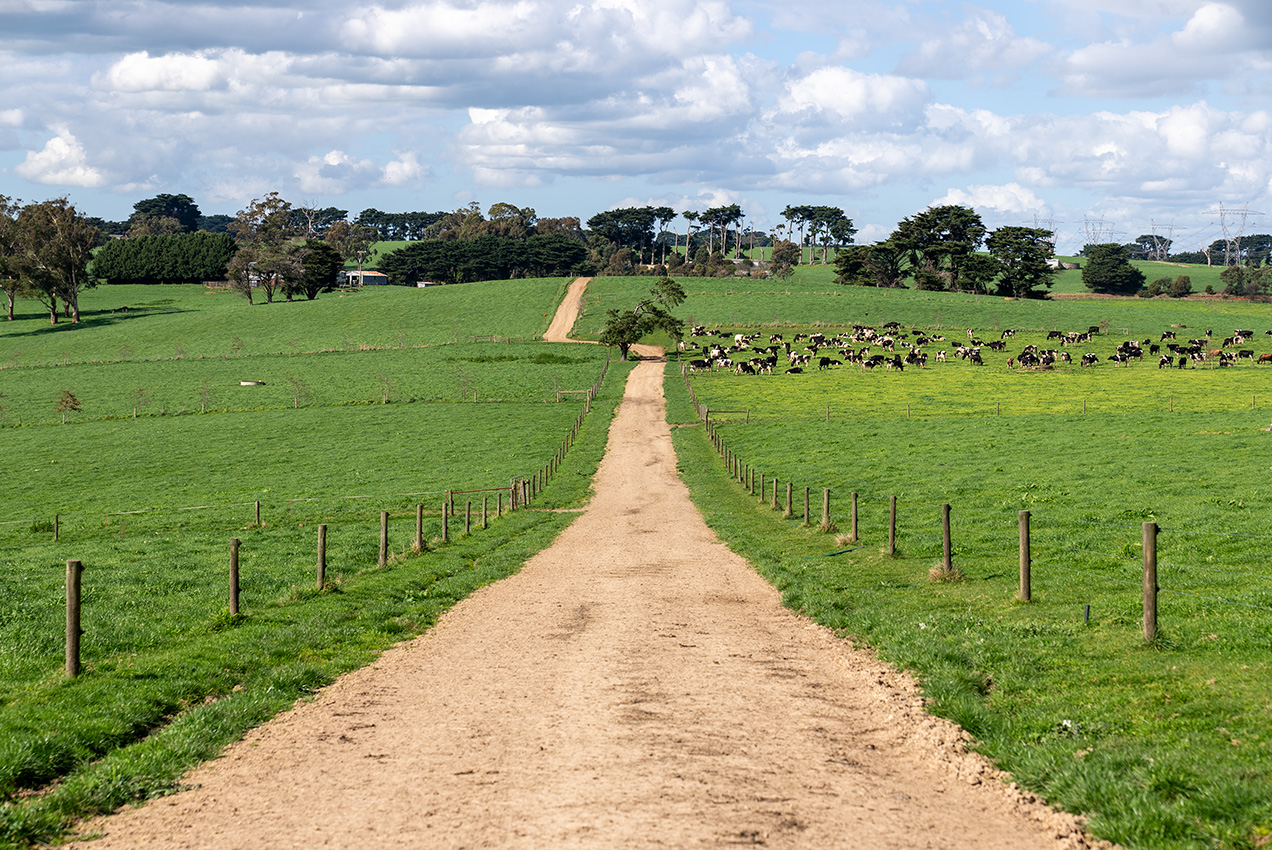
Fiona McDonald – IPF Technical Agronomist
Potassium (K) is highly mobile within plants and is vital for many functions. However when symptoms of K deficiency emerge it’s generally too late to manage in the current season. That’s where soil sample testing can help get K levels right ahead of next season.
Why K matters
K is involved in many plant functions, with its primary role associated with moisture regulation by controlling the opening of stomatal cells, which control water transpiration/loss. Some crops have a high K requirement and remove large quantities in export produce such as hay, silage, potatoes or nuts, when compared to grain crops. Soils contain a large amount of K, however only a small amount of it is available for plant uptake. Once K is within the plant, it is very mobile and is readily transferred from older leaf and root tissue to younger tissue at the growing points. As a result deficiency symptoms are generally seen in older parts of the plant. Across all Australian agricultural areas production figures and fertiliser use has revealed a negative K balance of around 400 kt/year, which equates to removing 3.2 times more K than what is replaced (Norton 2017a).
K deficiency symptoms
K deficiency may present as low vigour, weak growing plants, poorly developed root systems and small leaves. These crops can have increased incidence of lodging, frost, or disease risk. Plants suffering severe
symptoms will have yellowing of interveinal areas near leaf margins, leaf scorch, firing or spotting. Generally once symptoms have been discovered it’s too late to manage the deficiency in the current season. Instead it’s a case of planning ahead for next season by completing a soil test and applying adequate fertiliser.
Test is best
Recent consolidated Nutrient Advantage data has shown a large amount of variability in soil samples. Whilst critical soil values differ per crop type, it demonstrates the importance of soil testing in farmers’ regimes to stay on top of potential productivity losses associated with low K.
Figure 3 shows over 40,000 aggregated soil tests from Nutrient Advantage laboratory in the last year from across Australia.
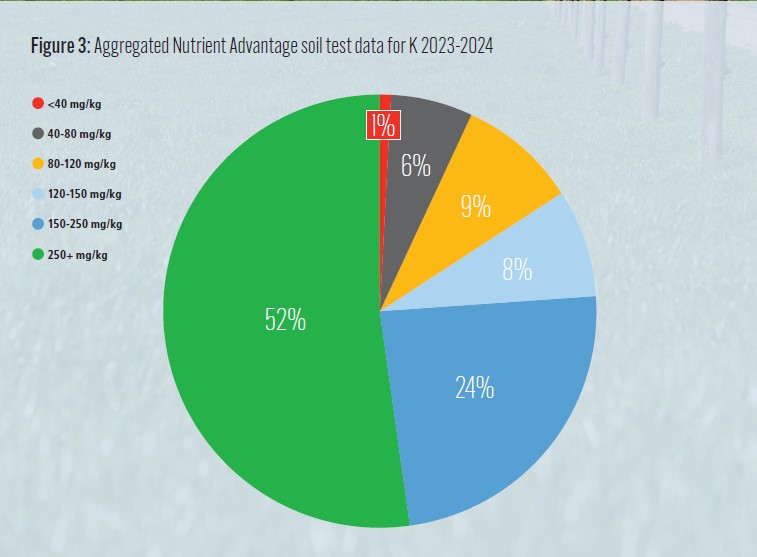
Routinely monitoring K with soil analysis will help to identify situations before production losses occur. K export with produce reduces soil K levels but lighter textured sandy soils may also lose K via leaching in high rainfall environments.
Surface and shallow applications of K fertilisers and the return of crop residues to the soil surface are enriching the upper level of soils. If we’re seeing a possible K deficiency, then taking a sub soil test (10-30 cm) may provide a better understanding of levels further down the profile. A plant tissue test is also an option to confirm if a soil could be responsive to K.
The Nutrient Advantage Laboratory measures the availability of soil K with industry relevant methods such as Ammonium acetate, Colwell and Nitric acid tests. These tests are commonly packaged alongside other nutrients that use the same method or additional analytes to determine any other limiting factors. Interpretation of soil and plant tissue analysis results can be conducted with NA Pro software.
Please follow the correct soil and plant tissue sampling guidelines to get an accurate interpretation and recommendation. These can be found on the Nutrient Advantage website: nutrientadvantage.com.au.
K application tips
The most common K fertilisers are:
• Muriate of Potash (MOP)/ Potassium chloride (KCl)
• Sulphate of Potash (SOP)/ Potassium Sulphate
• Potassium Nitrate
• Potassium phosphate
• Potassium carbonate
When deciding what K fertiliser to apply, utilising the 4R’s; Right Rate, Right Time, Right Product, and Right Placement ensures a sound recommendation. When choosing a fertiliser product we need to consider the fertiliser composition (particularly chloride content), crops’ sensitivity, along with the potential to further exacerbate a salinity issue.
With the high chloride content in MOP it’s recommended to be spread before or at seeding in a band near, but not with, the seed. This is because when it dissolves the salt concentration increases which may cause damage to the seedlings due to the osmotic potential.
Research conducted by Bell et al (2021) highlighted that cation exchange capacity (CEC) has large influence on product application technique and product rate. Application guidelines developed based on this research are; soil with <15 cmol(+)/kg CEC – all application methods are effective but total K rate should be spread out over multiple applications to reduce luxurious uptake or K leaching on soils with <5 cmol(+)/kg CEC. For soils with >15 cmol(+)/kg CEC, banding and collocating K with P may improve plant uptake.
In a grazing situation animal health issues may arise due to potassium’s interaction with magnesium. Milking cows being most susceptible. Environmental conditions can favour plants to have greater supply of potassium than calcium and magnesium. To reduce this risk, studies completed by Gourley 1999, and Hosking 1986, have recommended to not exceed 120kg K/ha annually and 60kg K/ ha in one application.
When determining rates use the current soil level to determine if a capital application is needed to build soil fertility, or a maintenance rate is needed to replace removal.
K may be applied alongside other nutrients, for example a Boosta product, Custom Blend, or in liquid form from our Easy Liquids K-FLOW range.
Further information
For more guidance or information on plant tissue testing, visit the Nutrient Advantage website or contact:
Fiona McDonald 0488 772 144 or fiona.mcdonald@incitecpivot.com.au
DISCLAIMER
This is a guide only, which we hope you find useful as a general tool. While IPF has taken all reasonable care in the preparation of this guide, it should not be relied on as a substitute for tailored professional advice and IPF accepts no liability in connection with this guide. Incitec Pivot Fertilisers manufactures and sources fertilisers from other suppliers. The fertiliser supply chain extends beyond the company’s direct control, both overseas and within Australia. Incitec Pivot Fertilisers hereby expressly disclaims liability to any person, property or thing in respect of any of the consequences of anything done or omitted to be done by any person in reliance, whether wholly or in part, upon the whole or any part of the contents of this article.
You might also be interested in these
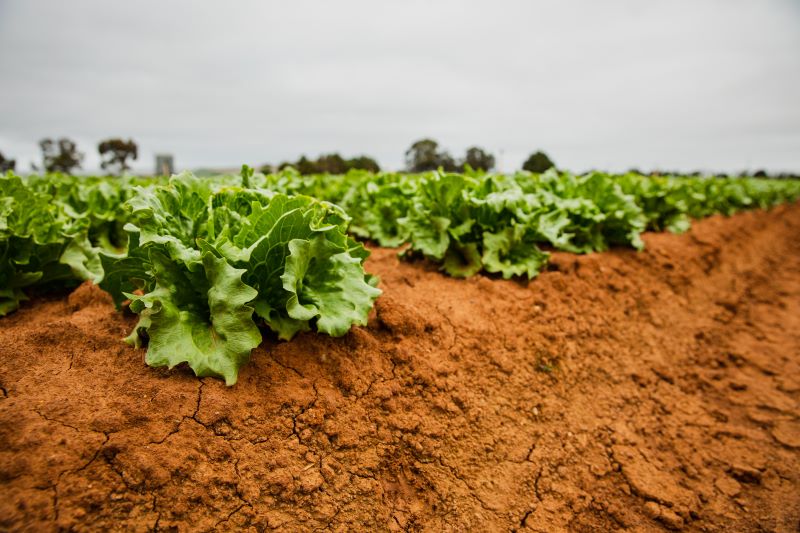
Horticulture, Pasture, Sugar
Squeezing the most from lime: Soil ‘buffer pH’ and correcting acid soils
July / 2023
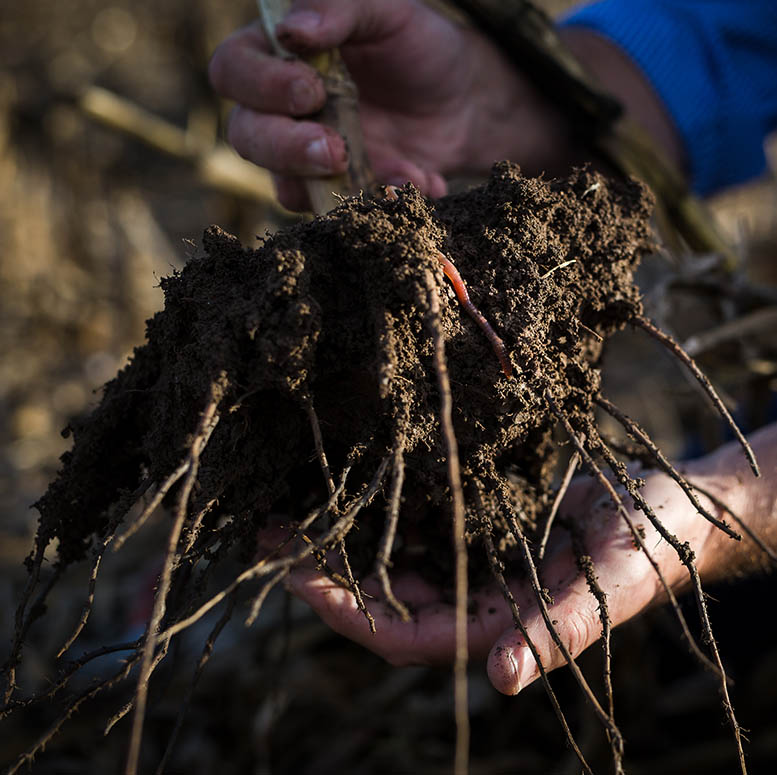
Horticulture, Pasture, Sugar, Summer Crop
Poor Soil Structure – Have you identified if it is costing you profitability?
November / 2023
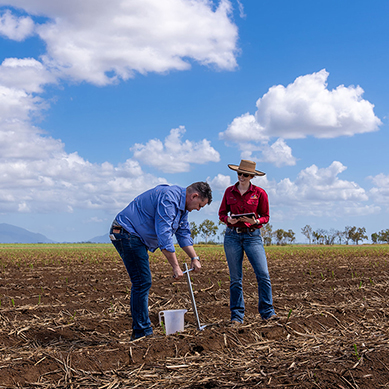
Horticulture, Pasture, Sugar, Summer Crop, Winter Crop
Spot on soil sampling
February / 2024
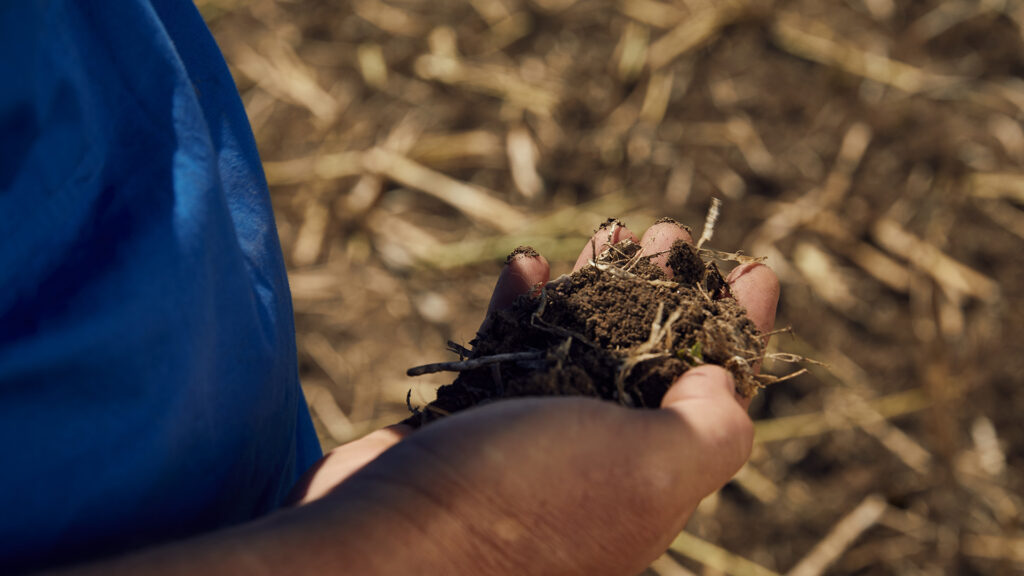
Horticulture, Pasture, Summer Crop
At risk of nitrogen volatilisation? Test your soil before choosing a fertiliser product when broadcasting
February / 2023

